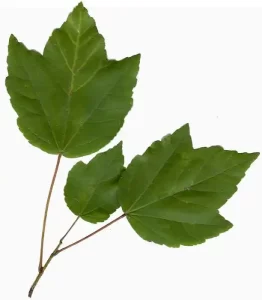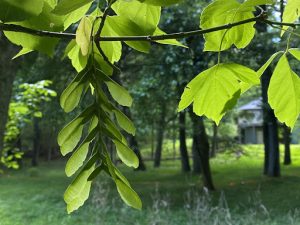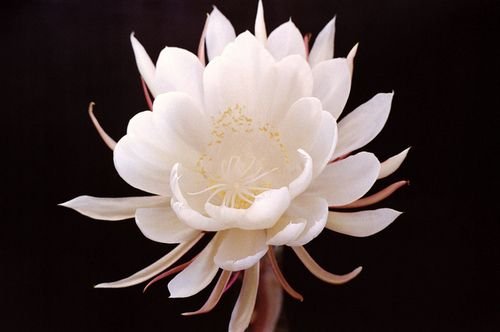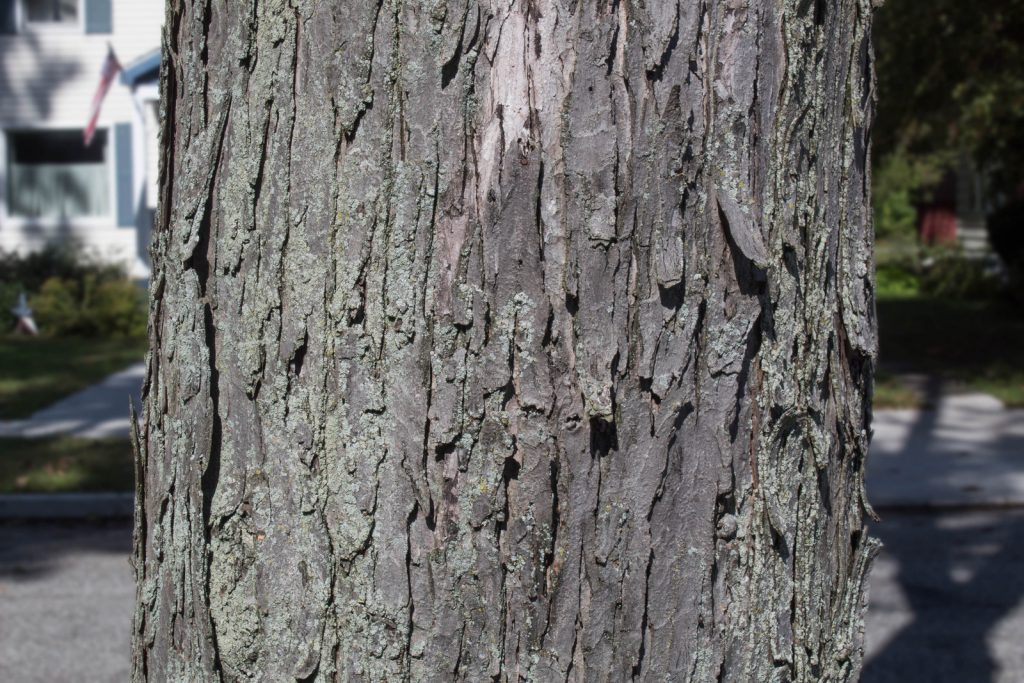Tree with three-lobed leaves
Welcome to Arborist Heights’ comprehensive guide on trees with three-lobed leaves. In this essay, we will look at the amazing arboreal wonders, including their unique qualities, ecological value, and landscaping possibilities. Whether you’re an experienced arborist, a nature enthusiast, or a homeowner wishing to improve your outside environment, this guide will give you excellent insights and practical recommendations. Trees with three-lobed leaves provide natural beauty to any landscape by providing aesthetic appeal, shade, and ecological benefits. Understanding their distinguishing characteristics, identifying common species, and learning best practices for care and maintenance will prepare you to nurture and appreciate these gorgeous examples in your backyard. Join us as we explore the mysteries of trees with three-lobed leaves, appreciating their diversity, persistence, and eternal attraction in arboriculture.
Tree with three-lobed leaves
Defining Characteristics of Trees with Three-Lobed Leaves
Trees with three-lobed leaves have unique characteristics that distinguish them from vegetation in general. One of the most distinguishing features is the shape of their leaves, which are often composed of three separate lobes radiating out from a central point. These lobes can vary in size and shape, depending on the species.
Furthermore, the leaves’ borders are frequently serrated or uneven, which adds to their visual appeal. The texture and placement of the leaves on the branches can also differ, with some species showing dense clusters of foliage and others having more spaced-out groupings.
Different Types and Varieties of Trees with Three-Lobed Leaves
Trees with three-lobed leaves include a wide range of species, each with its distinct traits and growth requirements. One of the most well-known forms is the maple tree, which comes in numerous variations, including sugar maple (Acer saccharum) and red maple (Acer rubrum). These trees are prized for their beautiful fall leaves and are common throughout North America.
Another well-known tree with three-lobed leaves is the sweetgum tree (Liquidambar styraciflua), which has star-shaped leaves and bright autumn colours. Certain oaks, such as the pin oak (Quercus palustris) and the swamp white oak (Quercus bicolor), also have three-lobed leaves. These are only a handful of the numerous types and variations of trees with three-lobed leaves that contribute to the beauty and biodiversity of forests and landscapes all over the world.
Identifying Trees with Three-Lobed Leaves
Identifying trees with three-lobed leaves can be a gratifying activity for both nature enthusiasts and arborists. One of the most distinguishing characteristics to look for is the leaf form, which is often made up of three different lobes radiating outward from a central point. These lobes can be circular or pointed, depending on the species.
Observing the leaf edges is another useful hint for identification. Trees with three-lobed leaves frequently have serrated or toothed edges, which enhances their visual appeal Paying attention to the general leaf arrangement on the branches, as well as the texture of the foliage, might reveal important information about the tree’s identity. Furthermore, evaluating the tree’s habitat, geographic location, and growth characteristics can help to limit the options. Consulting field guides, botanical websites, or local arborists can all help you improve your identification abilities and learn more about the vast world of trees with three-lobed leaves.
Landscaping with Trees with Three-Lobed Leaves
Including trees with three-lobed leaves in your landscape design can enhance the beauty, diversity, and ecological benefits of your outdoor space. These trees have a variety of aesthetic traits, including brilliant foliage colours and distinctive leaf shapes, making them excellent complements to gardens, parks, and residential yards.
When landscaping with three-lobed trees, take into account their mature size, growth habit, and seasonal characteristics to ensure optimal placement and spacing. Choose species that will complement current plantings and improve the overall visual appeal of your area. Including trees with three-lobed leaves in your landscape design can enhance the beauty, diversity, and ecological benefits of your outdoor space. These trees have a variety of aesthetic traits, including brilliant foliage colours and distinctive leaf shapes, making them excellent complements to gardens, parks, and residential yards. When landscaping with three-lobed trees, take into account their mature size, growth habit, and seasonal characteristics to ensure optimal placement and spacing. Choose species that will complement current plantings and improve the overall visual appeal of your area. Furthermore, trees with three-lobed leaves provide valuable ecosystem services, such as shade, habitat for wildlife, and soil stabilisation. By selecting native species and incorporating them thoughtfully into your landscape design, you can create a sustainable and resilient environment that supports biodiversity.
Related Posts:
Tree Care Tips for Healthy Growth
Proper care is required to ensure that trees with three-lobed leaves grow and thrive. Here are some useful recommendations to help them maintain their health:
Watering: Provide regular watering, especially during dry spells, to keep the soil moist but not saturated.
Mulching: To preserve moisture, reduce weeds, and regulate soil temperature, spread an organic mulch around the tree’s base.
Pruning: Remove dead or diseased branches regularly to improve airflow and maintain a balanced canopy structure.
Fertilizing: Apply a balanced fertilizer designed for trees in early spring to offer critical nutrients for healthy growth.
Pest & Disease Management: Monitoring the tree for indicators of pests or diseases, such as leaf discoloration or irregular growth, and taking appropriate treatments.
Protection: Install barriers or warning signs to protect the tree from mechanical damage, such as lawnmower strikes or construction activity.
Following these tree care suggestions can help trees with three-lobed leaves grow vigorously and live a long life, ensuring their beauty and advantages for years to come.
FAQs
Q: How can I recognise a tree with three-lobed leaves?
Look for leaves with three distinct lobes extending out from a central point. These leaves have serrated edges and can vary in size and form depending on the species.
Q: What are some common trees with three-lobed leaves?
The most prevalent types are maple trees, including sugar maple and red maple variations; sweet gum trees; and specific oak species such as pin oak and swamp white oak.
Q: Can trees with three-lobed leaves be landscaped?
Yes, trees with three-lobed leaves can improve landscape aesthetics with their brilliant foliage colours and distinctive leaf shapes. They also offer important ecological services and habitat for wildlife.
Q: Can trees with three-lobed leaves be landscaped?
Yes, trees with three-lobed leaves can improve landscape aesthetics with their brilliant foliage colours and distinctive leaf shapes They also offer important ecological services and habitats for wildlife.
Q: How should I care for a tree with three-lobed leaves?
To promote healthy growth, water, mulch, prune, and fertilise regularly. Keep an eye out for pests and diseases, and take the necessary steps to remedy any issues as soon as possible.
Q: Can I grow trees with three-lobed leaves in containers?
While some smaller kinds may be acceptable for container planting, larger species generally require more area to thrive in the landscape. Before planting in a container, consider the tree’s mature size and growth habits.
Conclusion
Finally, trees with three-lobed leaves are valuable additions to any landscape, providing beauty, biodiversity, and ecological benefits. From famous maple trees to gigantic oaks and sweetgums, these arboreal beauties add to the richness and diversity of our natural surroundings. Understanding their distinguishing features, recognising common types, and applying suitable maintenance techniques can guarantee the health and vitality of trees with three-lobed leaves for future generations. These trees, whether found in urban parks, suburban neighbourhoods, or rural woods, improve the aesthetics of our outdoor areas while also providing critical ecological functions.




